Olympic weight bars, or weight bar Olympic, are designed for dynamic lifts and are crucial for serious weightlifting. This article will help you understand their key features and guide you in choosing the best one for your home gym.
Key Takeaways
-
Choosing an Olympic barbell with a weight capacity over 1,000 pounds and a tensile strength of at least 190,000 PSI enhances durability and safety during heavy lifts.
-
Key features such as aggressive knurling patterns and a needle bearing system improve grip strength and rotational performance, essential for dynamic Olympic lifts.
-
Women’s Olympic barbells are designed with specific dimensions and features tailored to female lifters, ensuring better grip and control during weightlifting exercises.
Choosing the Right Olympic Barbell

The choice of an Olympic barbell significantly affects both your workout quality and safety. Look for a barbell with a weight capacity over 1,000 pounds to handle heavy lifts without bending or breaking. A tensile strength of at least 190,000 PSI is important for the barbell’s performance and durability.
Knurling patterns and depths significantly affect your grip comfort. Medium-depth knurling is generally preferred as it provides a good balance between grip and comfort, without tearing up your hands. Choose knurling that matches your lifting style, providing sufficient grip for secure lifts.
A barbell’s whip is another key feature to consider. More whip facilitates easier energy transfer during dynamic lifts like the clean and jerk. Smooth rotating collars can prevent wrist strain during lifts.
A high-quality barbell may seem costly at first but can offer long-term savings by reducing the need for frequent replacements. Standard Olympic barbells are usually 7.2 feet long; make sure this fits your lifting space and preferences.
Key Features of Olympic Barbells

Understanding the key features of Olympic barbells is crucial for enhancing performance and safety. Knurling is one of the most important features. Aggressive knurl patterns like mountain and volcano knurling significantly improve grip strength during heavy lifts. The center knurl aids stability during squats, ensuring a safe and effective lift.
The needle bearing system is another crucial feature. Needle bearings offer a smoother, longer-lasting spin than traditional ball bearings, crucial for explosive lifts like the snatch and clean and jerk. Smooth rotation reduces wrist injury risk and enhances lifting performance.
Durability is also key. A durable barbell is usually made from high-quality steel or stainless steel, which withstand intense use and resist corrosion. Aggressive knurling, needle bearings, and robust materials make Olympic barbells a reliable choice for serious lifters.
Olympic Barbells vs. Powerlifting Bars
Knowing the differences between Olympic barbells and powerlifting bars helps in choosing the right Olympic bar for your training needs. Designed for dynamic movements, Olympic barbells feature greater whip and varying knurling for comfort during lifts like the clean and jerk. This flexibility makes them ideal for competitive weightlifting and dynamic training.
Powerlifting bars are built for stability during heavy, static lifts like squats and deadlifts. These bars prioritize a sturdy grip and often have a more uniform feel, helping powerlifters maintain control during lifts. Bushing systems in powerlifting bars offer a gradual spin, suitable for controlled lifts, making them an essential choice for those who rely on a power bar.
Olympic barbells offer versatility for lifters with varying grip sizes and strength levels, benefiting both men and women. Powerlifting bars suit those focusing on maximal strength, needing a bar that handles extremely heavy loads without flexing. Each type of bar has unique advantages; consider your lifting style and goals when choosing.
Women's Olympic Barbells

Women’s Olympic barbells meet the specific needs of female lifters. These barbells typically weigh 15kg (33lb) with a shaft diameter of 25mm, thinner than standard men’s bars. The smaller diameter ensures a proper grip, especially for those with smaller hands.
A women’s Olympic barbell is usually around 6.5 feet long, aiding in better control during lifts. This shorter length helps women manage the bar more effectively, ensuring stability and safety during exercises like the snatch and clean and jerk.
Women’s barbells are made with the same high-quality materials and features as men’s bars, including whip and rotation systems for smooth, efficient lifting. Whether training for competition or personal fitness, these barbells ensure female lifters can perform at their best.
Specialty Bars for Olympic Weightlifting

Specialty bars add versatility to your routine, targeting different muscle groups and accommodating various techniques. The trap bar, for example, is often used for deadlifts and allows for a more natural lifting posture. It reduces strain on your lower back and emphasizes the quadriceps more than a straight barbell.
The ez curl bar, another popular specialty bar, reduces wrist strain during curling exercises. It’s particularly beneficial for those who find straight bars uncomfortable and want to maintain proper form without risking injury.
When choosing specialty bars, consider your personal goals and physical condition. These bars enhance training by providing varied grip and lift options, targeting specific muscle groups more effectively and safely.
Durability and Performance of Olympic Barbells

Material composition heavily influences an Olympic barbell’s durability and performance. Steel or stainless steel bars offer superior resistance to corrosion and wear. Stainless steel bars, though more expensive, offer better longevity and performance.
Tensile strength of at least 190,000 PSI indicates a barbell’s ability to withstand heavy loads without bending. Yield strength is also crucial for determining how well the bar handles repeated use stresses.
High-quality bearings like needle bearings enhance performance by ensuring smooth rotation under load. Bronze bushings are also popular for their durability and affordability. Combined with proper maintenance like dust seals to prevent debris buildup, these features ensure your barbell’s long-term performance.
Bushing vs. Bearing Systems in Olympic Barbells
Choosing between bushing and bearing systems in Olympic barbells significantly impacts performance. Bushings, typically made from bronze, provide a decent spin and are known for their durability and affordability. This makes them suitable for many lifters, especially those focused on powerlifting or general strength training.
Bearing systems, particularly needle bearings, offer a smoother, longer-lasting spin. This is crucial for Olympic lifts where bar rotation affects technique and safety. Women’s Olympic bars often feature needle bearings for smooth rotation during lifts.
The 20kg Wonder Bar uses a combination of bronze bushing and needle bearing cartridges, offering balanced performance for various lifting activities. When choosing a barbell, consider your lifting style and the sleeve mechanics that best suit your needs.
Why Free Shipping Matters for Your Olympic Barbell Purchase
Free shipping can be a game-changer when buying an Olympic barbell. Shipping heavy products like barbells can be costly, often impacting retailers’ profit margins. Finding retailers that offer free shipping can significantly reduce your overall purchase cost.
A minimum purchase requirement for free shipping can encourage customers to buy more, which is effective for larger purchases like Olympic barbells. Taking advantage of free shipping ensures you get the best value for your money, making your investment in a high-quality barbell even more worthwhile.
Summary
In summary, choosing the right Olympic barbell involves considering factors such as weight capacity, tensile strength, knurling, and whip. Understanding key features like aggressive knurling and needle bearings can significantly enhance your lifting performance. Comparing Olympic barbells with powerlifting bars helps you select the best option for your training style.
Specialty bars, durability, and the choice between bushing and bearing systems further refine your decision-making process. Finally, leveraging free shipping offers can make your purchase more economical. Armed with this knowledge, you’re now ready to equip your home gym with the perfect Olympic barbell.
Frequently Asked Questions
Are Olympic bars 55 pounds?
No, Olympic bars do not weigh 55 pounds; the standard weight is 44 pounds (20 kilograms) for men's bars and 33 pounds (15 kilograms) for women's bars.
How heavy is an Olympic weight bar?
An Olympic weight bar typically weighs 45 pounds (20 kilograms) and is 7.2 feet long. This bar is versatile and commonly used for various weightlifting exercises.
What is the ideal weight capacity for an Olympic barbell?
The ideal weight capacity for an Olympic barbell is typically over 1,000 pounds, ensuring it can accommodate heavy lifting without bending.
Why is tensile strength important in a barbell?
Tensile strength is crucial for a barbell as it ensures the bar can endure heavy loads without bending, providing both durability and reliable performance during workouts.
What are the benefits of needle bearings in Olympic barbells?
Needle bearings enhance performance by allowing for smoother and longer-lasting spins, which are essential for executing dynamic lifts such as the snatch and clean and jerk effectively. This results in improved stability and control during lifting.




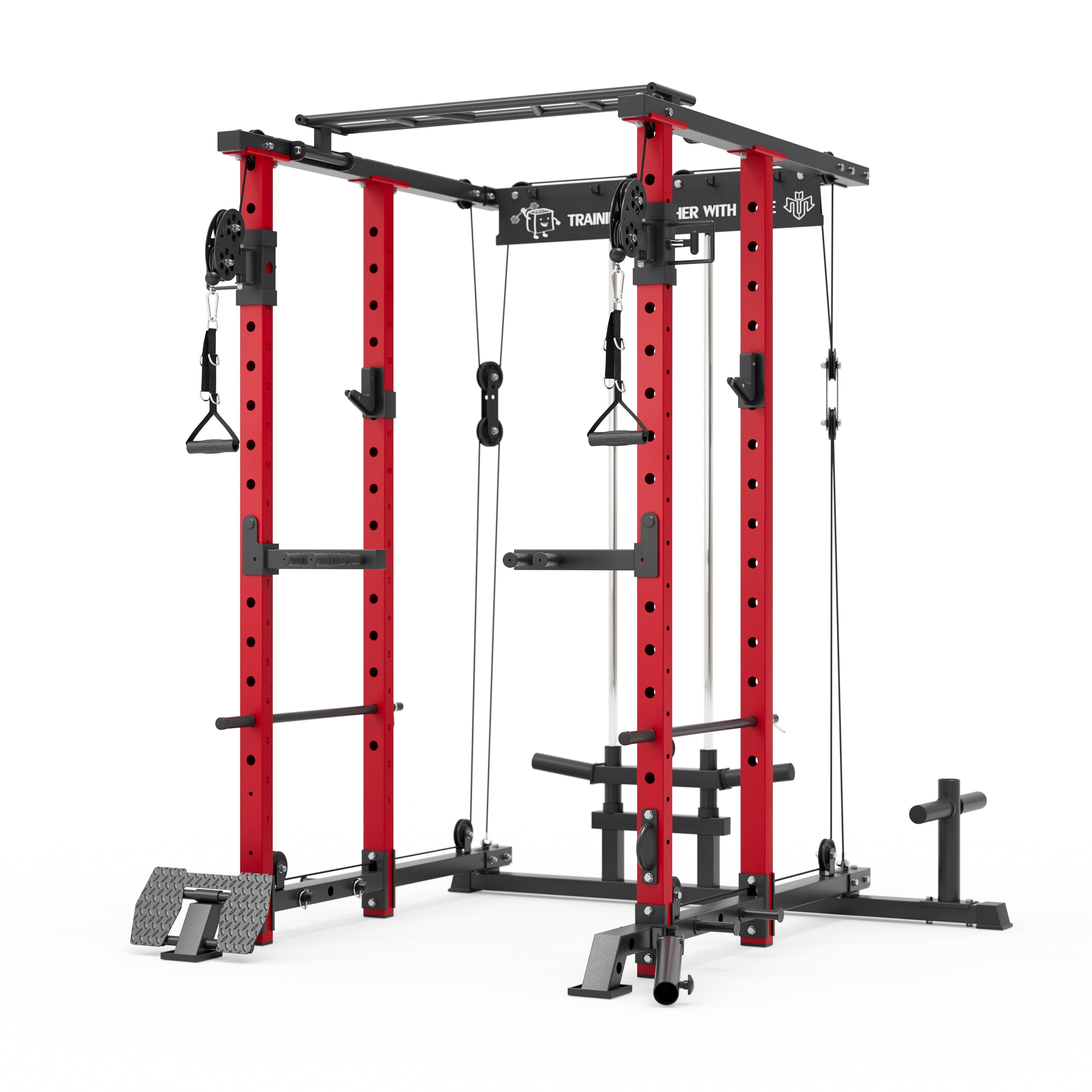
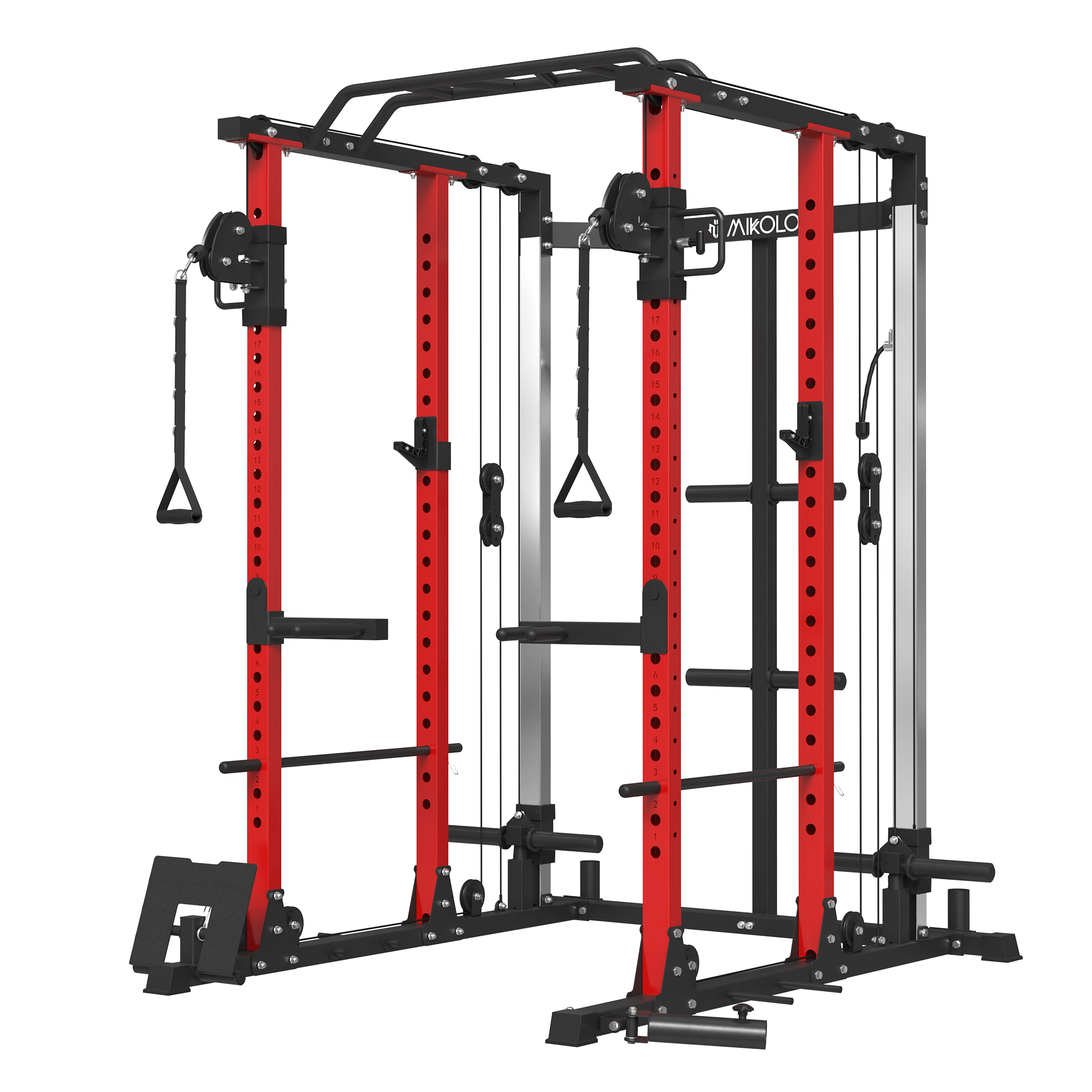

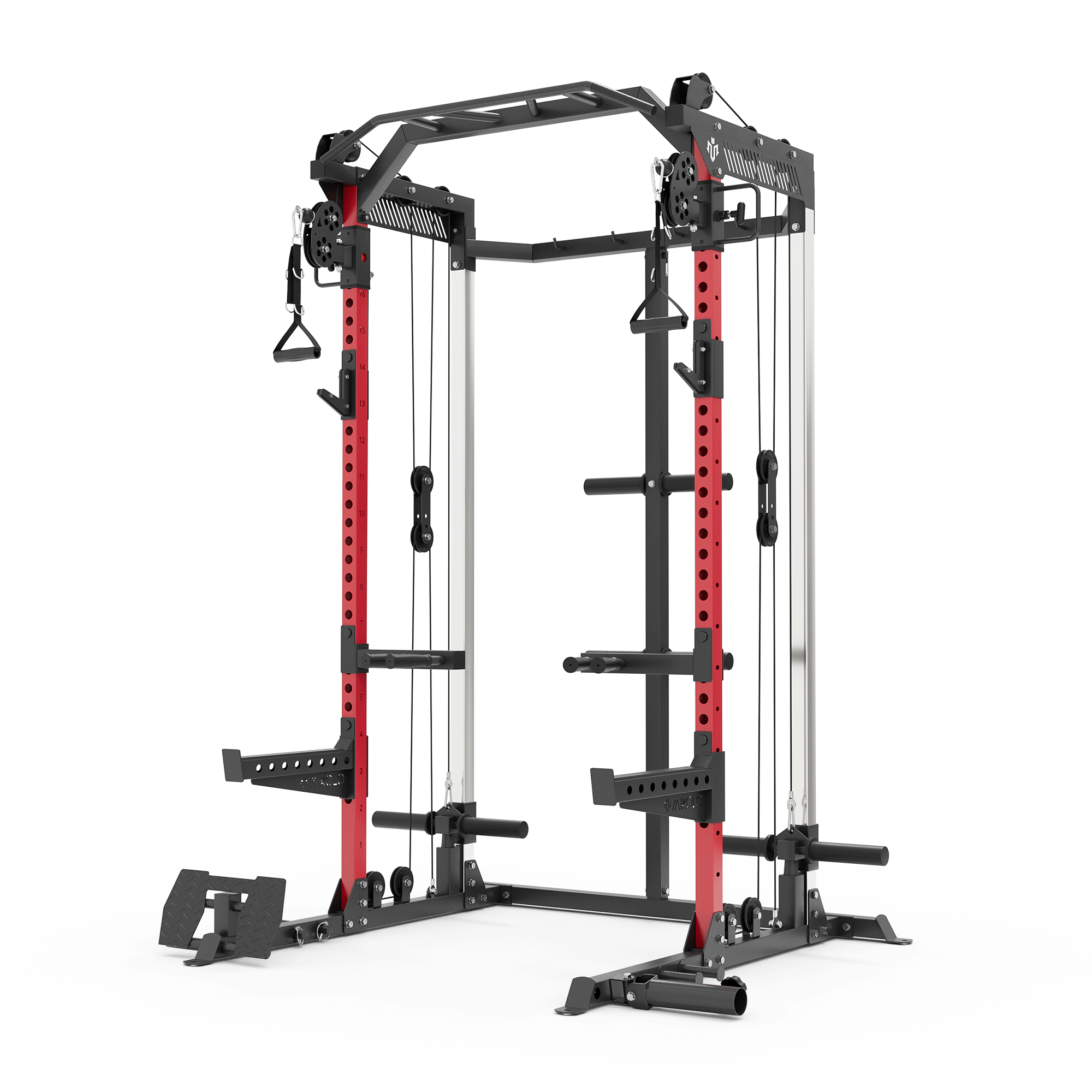
















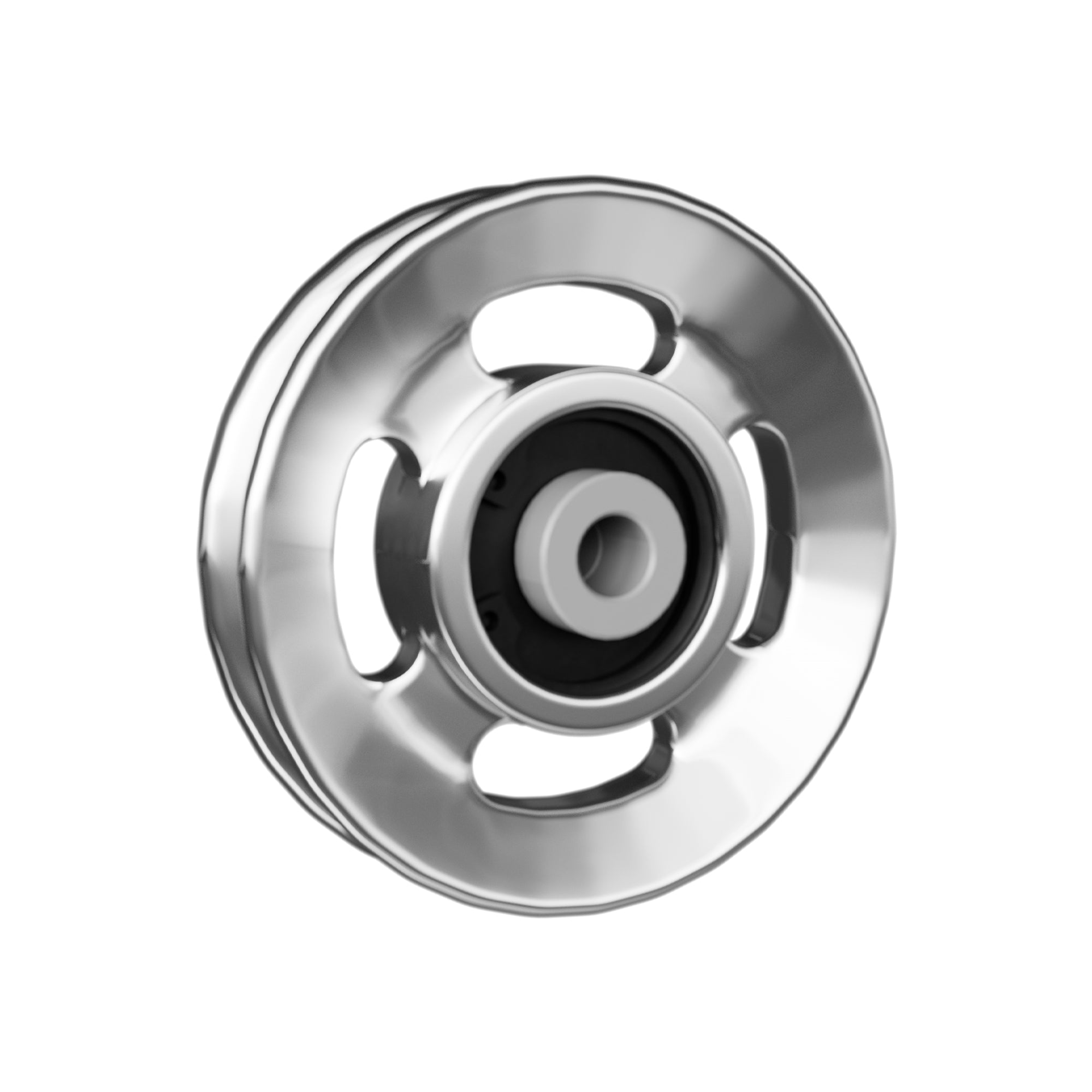
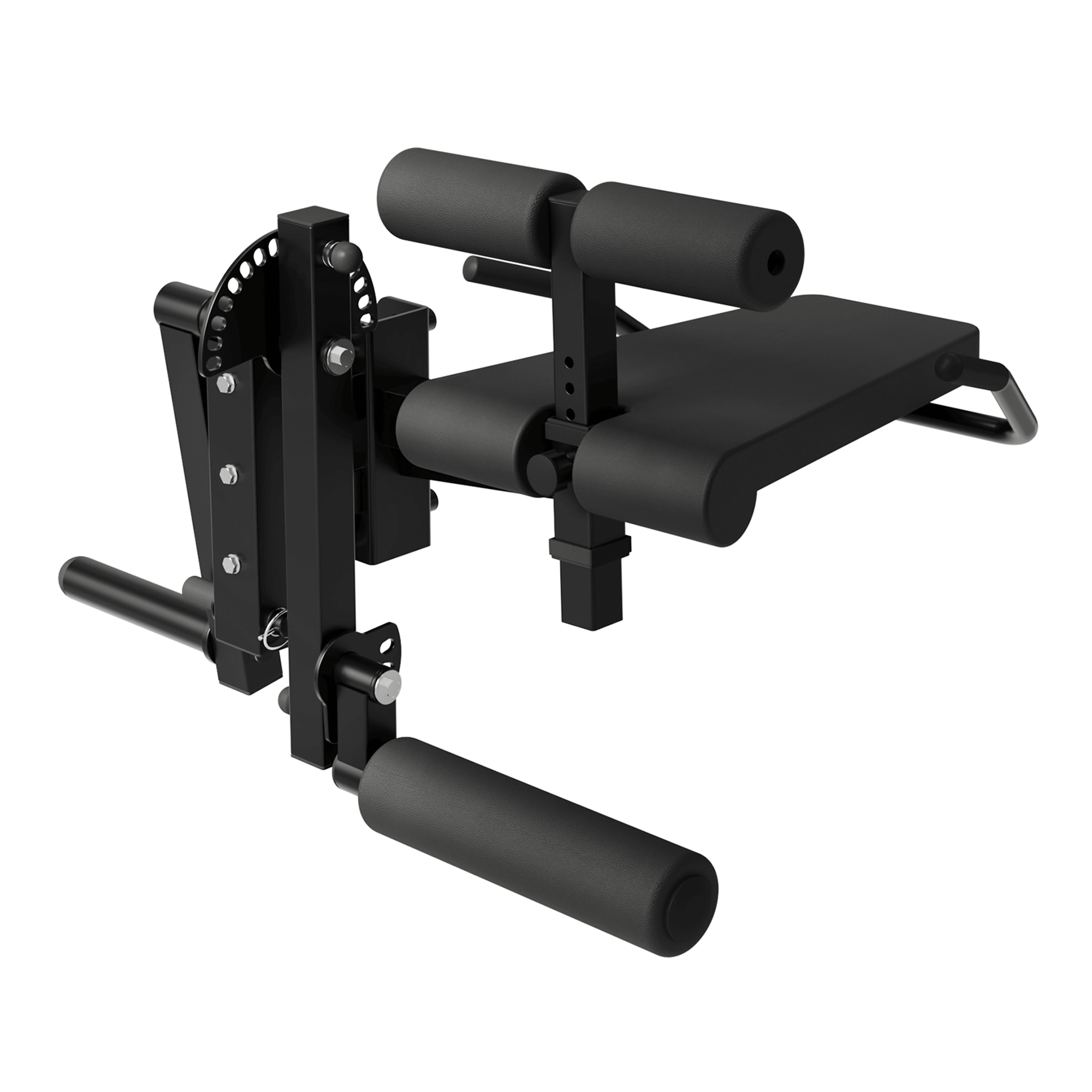



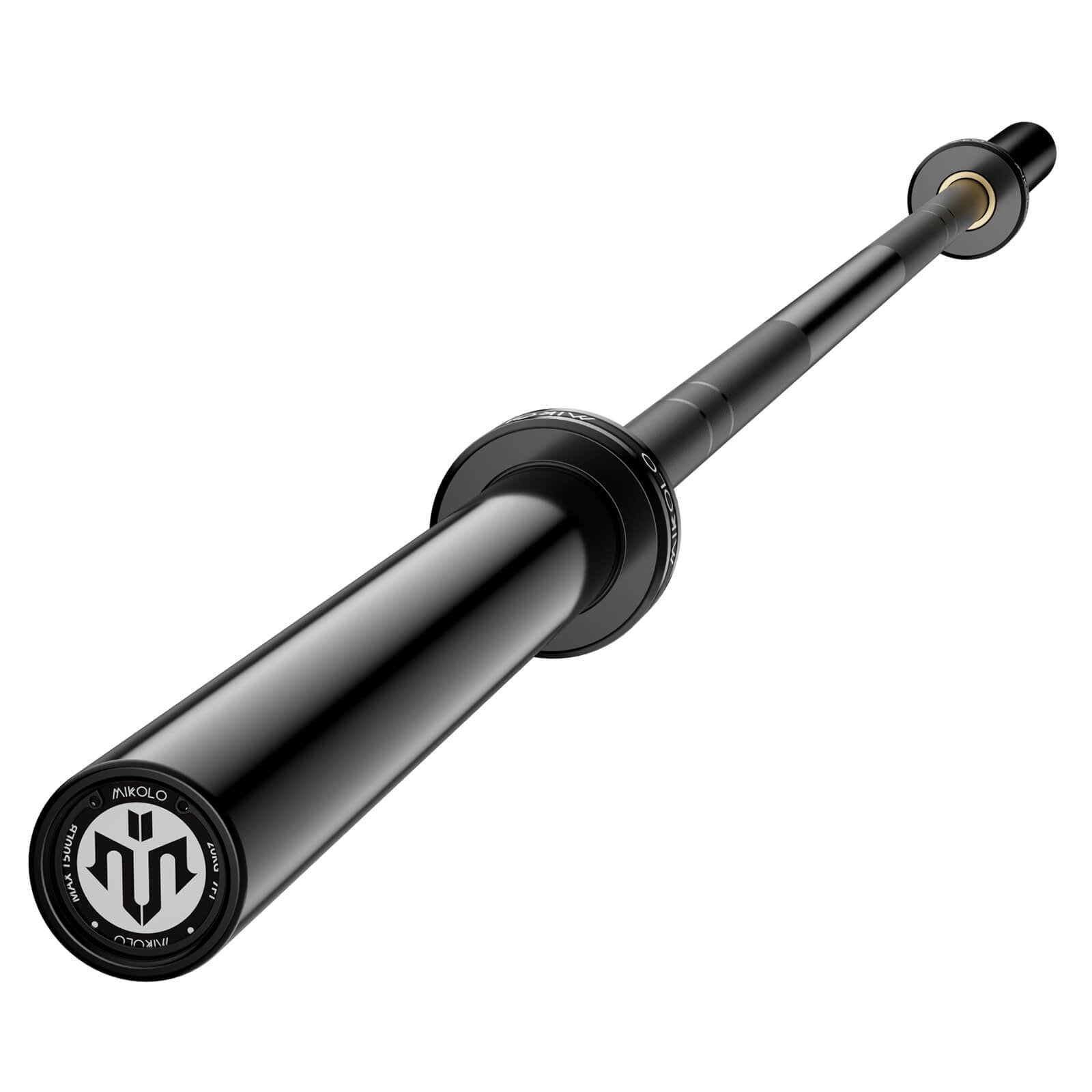



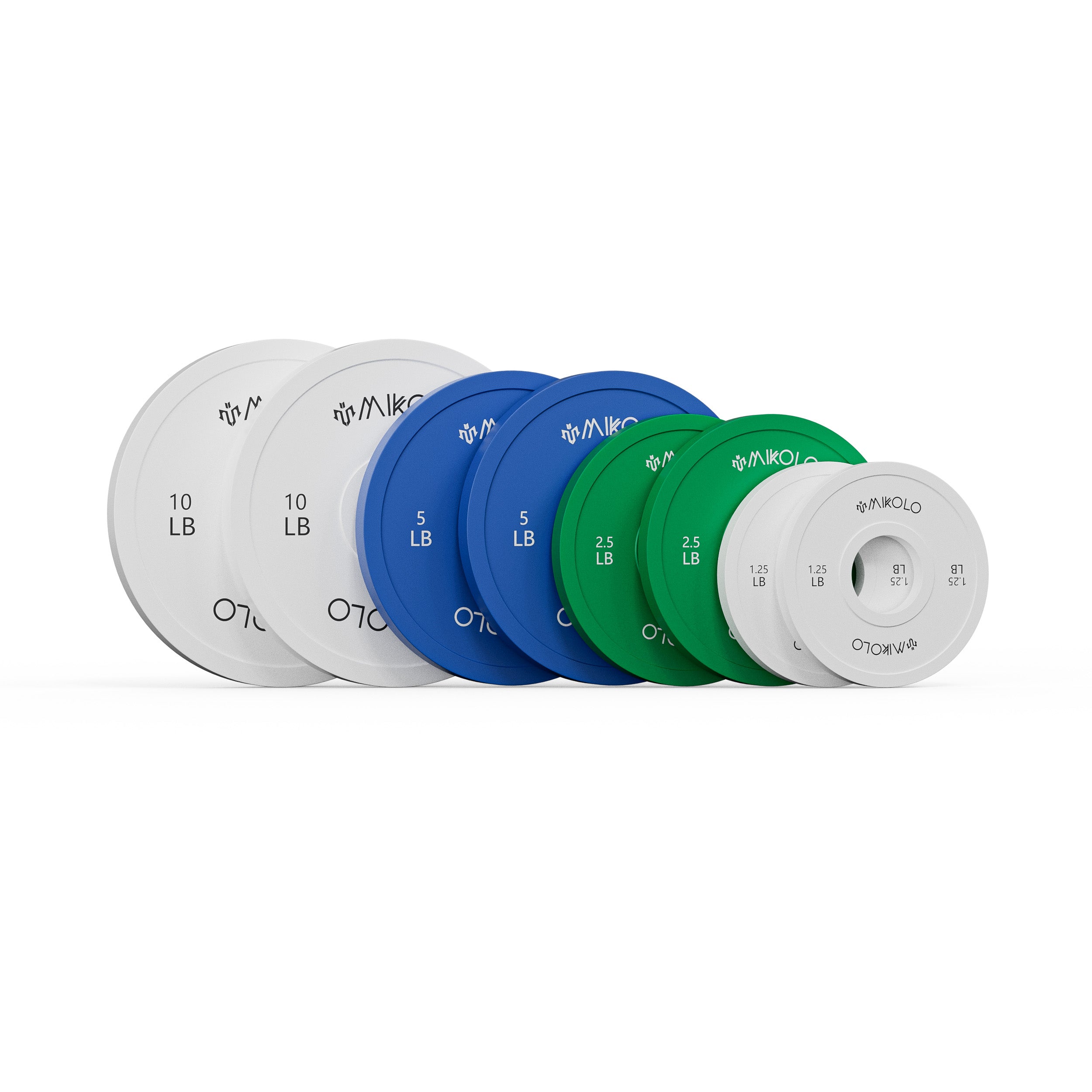




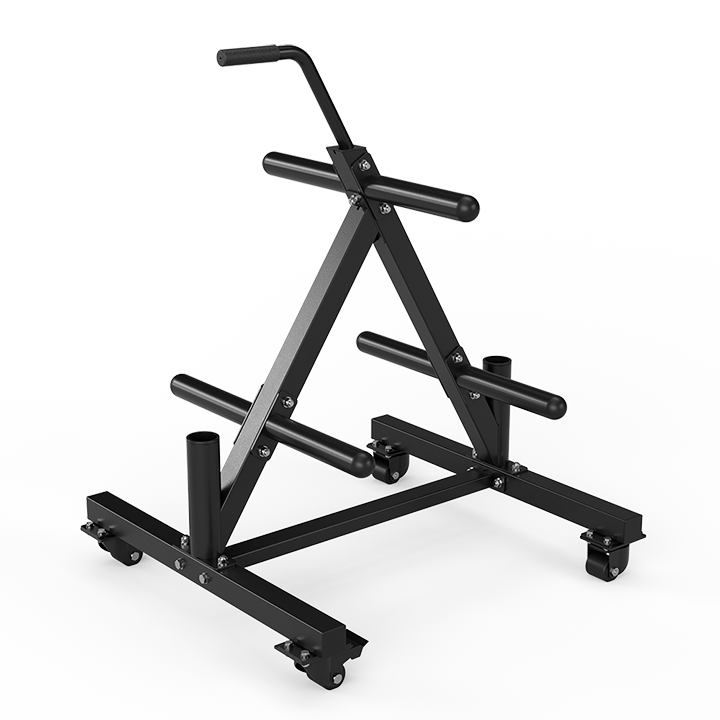




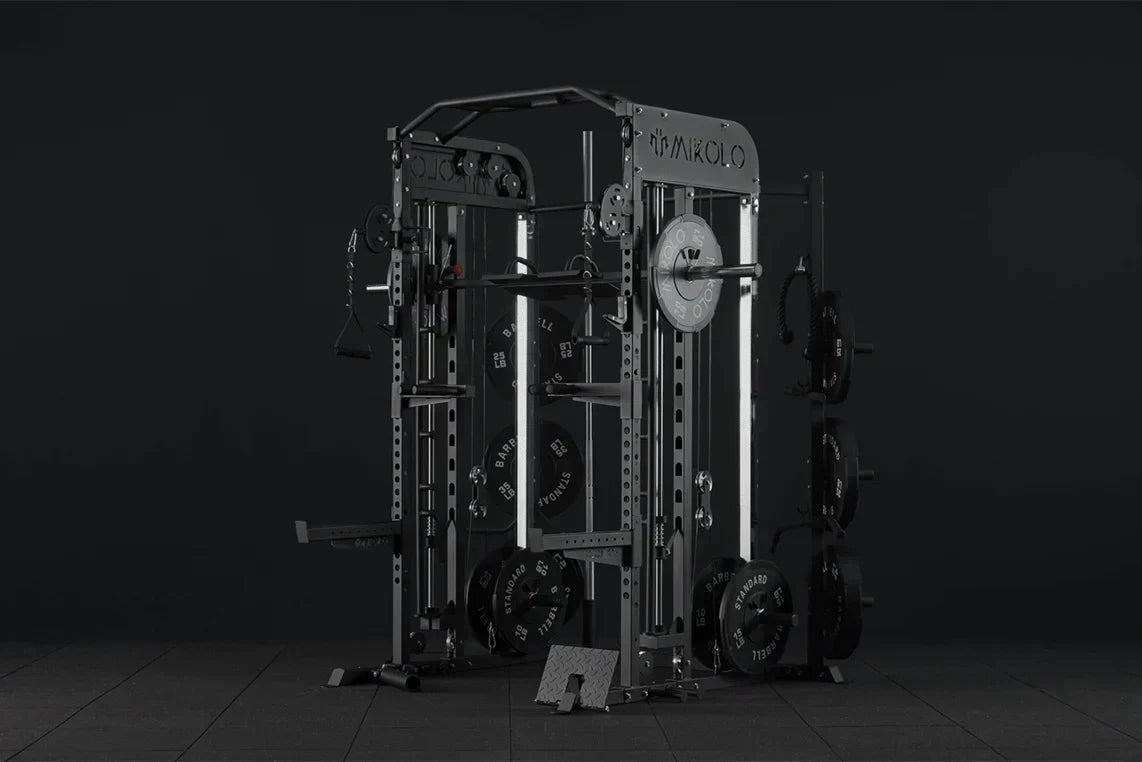

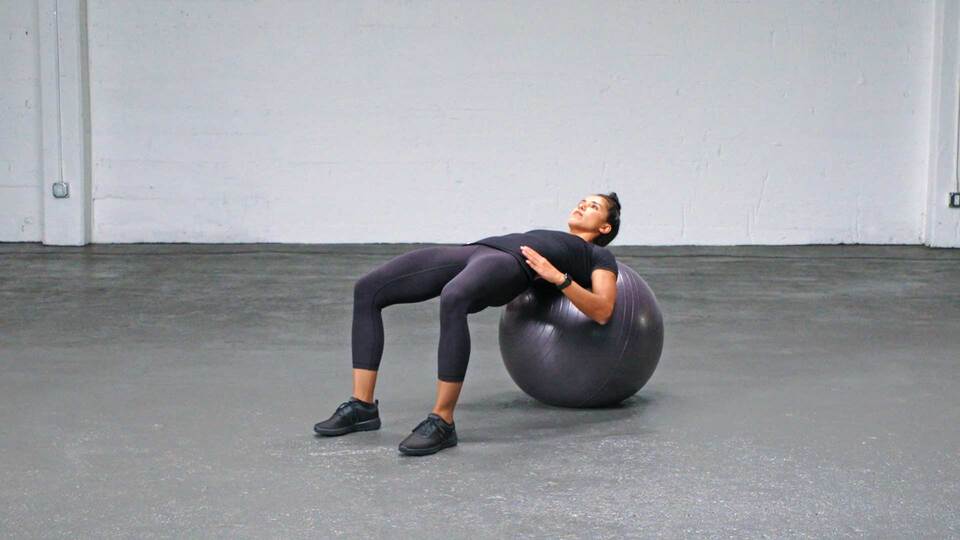
Leave a comment
This site is protected by hCaptcha and the hCaptcha Privacy Policy and Terms of Service apply.